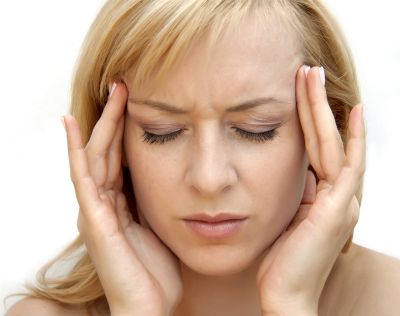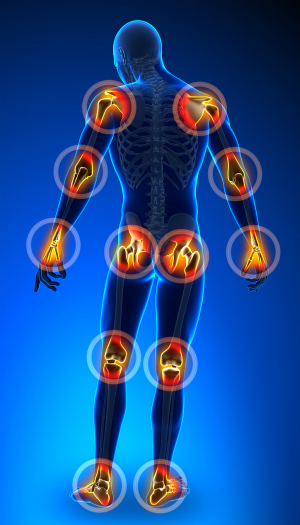
- Abdominal Pain
- Back Pain
- Cancer Pain
- Cervical Neck Pain
- Disc Pain
- Failed Back Surgery Syndrome
Back Condition – Brochures
Degenerative Disc Disease
Facet Joint Syndrome
Herniated Discs
Myofascial Pain Syndrome
Post-Laminectomy Syndrome
Spinal Stenosis
Neck Condition – Brochures
Cervical Radiculopathy
Joint Condition – Brochures
Bursitis of the Hip (Trochanteric Bursitis)
Complex Regional Pain Syndrome (CRPS)
Lumbar Radiculopathy (Sciatica)
Peripheral Neuropathy
Piriformis Syndrome
Plantar Fasciitis
Headache & Migraine – Brochures
Tension Headache
Chronic Migraine
Back Condition – Videos
Degenerative Disc Disease
Facet Joint Syndrome
Herniated Discs
Myofascial Pain Syndrome
Post-Laminectomy Syndrome
Spinal Stenosis
Neck Condition – Videos
Cervical Radiculopathy
Joint Condition – Videos
Bursitis of the Hip (Trochanteric Bursitis)
Complex Regional Pain Syndrome (CRPS)
Lumbar Radiculopathy (Sciatica)
Peripheral Neuropathy
Piriformis Syndrome
Plantar Fasciitis
Headache & Migraine – Videos
Tension Headache
Chronic Migraine


